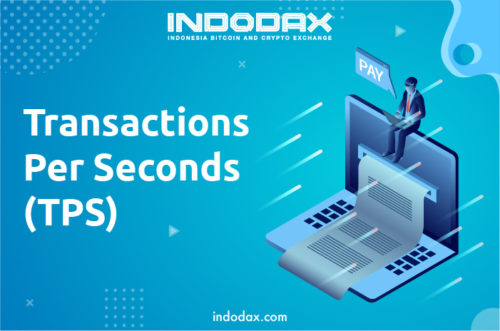Transactions per second (TPS) is a measurement of computer software and hardware that represents the number of transactions completed in one second by an information system.
In the context of blockchains, transactions per second (TPS) refers to the number of transactions that a network is capable of processing each second. The approximate average TPS of the Bitcoin blockchain is about 5 – though this may vary at times. Ethereum, in contrast, can handle roughly double that amount.
The development of technologies that increase the transaction rate of blockchains has been an important area of research over the years. These decentralized networks pose completely new challenges in terms of their ability to scale for increased demand.
This challenge isn’t purely about increasing TPS. Centralized databases are already capable of handling thousands of transactions each second. VISA, for example, handles around 1,500-2000 transactions each second. So why not just use these solutions? Well, the main problem is that Bitcoin, Ethereum, and other blockchains aim to compete with that while still maintaining a high degree of decentralization.
Decentralization comes at the cost of performance and security. So, these scalability solutions not only need to increase the performance of the network but, at the same time, also maintain all the other desirable properties of blockchain.
Otherwise, blockchain isn’t really anything more than an inefficient database.
It’s important to note that if a blockchain has high TPS, it isn’t necessarily superior to other blockchains with lower TPS. Many blockchain projects boast about their high TPS numbers.
However, it’s almost certain that such performance was achieved by sacrificing other important aspects of the network. For example, at any given moment, Bitcoin has thousands of nodes distributed across the globe running the Bitcoin software. A blockchain with only 10-20 nodes could easily outperform Bitcoin, but it could hardly be called decentralized or even distributed.





